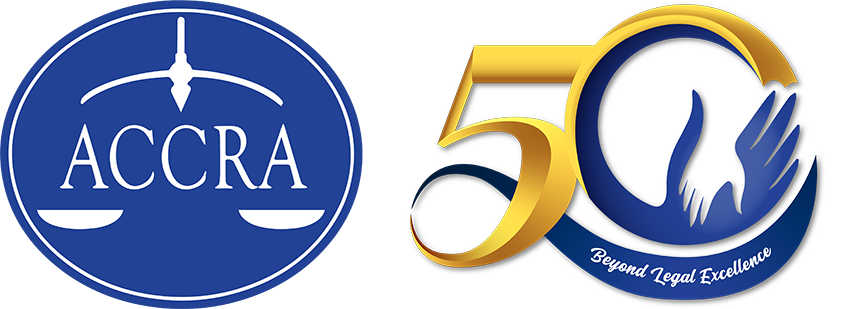One of the more common types of employment is probationary or proby in HR lingo. Unless it is prohibited, as in the case of fixed-term or project employment, employees almost always undergo probationary employment. It is very rare that employers engage employees as a regular at the outset.
Article 296 of the Labor Code is straightforward on the requirements – first, the employee must be apprised of the regularization standards at the time of his/her engagement; and second, the probationary employment must not exceed six months. From these, however, arise several issues.
WHAT TO COMMUNICATE
What exactly are the regularization standards? Ideally, and for the avoidance of doubt, the employee must be apprised of the metrics and key performance indicators and be informed explicitly that these are the standards for regularization.
It was ruled though in Enchanted Kingdom v. Verzo (December 2015) that a provision in the employment contract indicating the employee’s duties and responsibilities and his job description, is sufficient compliance. The High Court has, in fact, adopted a liberal approach in some cases when it declared that there is no need to apprise the employee of the standards for regularization if the job is self-descriptive, like maid, cook, driver, or messenger (Robinson’s Galleria v. Ranchez, January 2011). Indeed, “the rule on notifying a probationary employee of the standards of regularization should not be used to exculpate an employee who acted in a manner contrary to basic knowledge and common sense in regard to which there was no need to spell out a policy or standard to be met.” (Enchanted, supra).
However, the mere fact that the employer informed the employee that his/her performance would be evaluated on the 3rd and 5th months of his/her probationary employment, when it was not shown that he/she was actually informed of the regularization standards, is not sufficient compliance (Aliling v. Feliciano, et al., April 2012).
WHEN TO COMMUNICATE
Ideally, the communication should be made at the precise time of engagement, i.e. when the employee signed the contract or on the first day of work. However, in Echanted (supra) the Court held that this is not an ironclad rule.
“The true test of compliance is one of reasonableness. As long as the employee is given a reasonable time and opportunity to be made fully aware of what is expected of him during the early phases of the probationary period, the requirement has been satisfied.”
In the said case, a total of 14 days had lapsed when the employee officially received the letter containing what he already knew — that he was still a probationary employee. See also Cambil v. KPMB, Inc. (April 2022).
HOW TO COMMUNICATE
Viernes, et al. v. NLRC (April 2003), A.M. Oreta & Co., Inc. v. NLRC, et al. (August 1989) and Karen Jaso v. Metrobank & Trust Co., et al. (May 2021) are the authorities supporting the doctrine that it is not mandatory that the probationary employee should be apprised of his status as such and the regularization standards, in his employment contract or appointment letter.
If there is evidence to show compliance with the notification, and as long as the notification is done, as a general rule, at the time of engagement, the employee may qualify as a probationary employee. This may be done through some other means.
MORE THAN 6 MONTHS
The probationary period may go beyond six months as:
when the parties may agree otherwise in the employment contract and there is basis for such agreement, such as when the nature of the work to be performed requires a longer period (Buiser, et al. vs. Leogardo, et al., July 1984);
when there is valid extension of the period prior to the lapse of the six-month period (Mariwasa Manufacturing, Inc. v. Leogardo a, January 1989); and,
in the case of teachers in private and public schools, where the period is three years.
COMPUTATION OF PERIOD
In Cebu Royal v. Deputy Minister of Labor (August 1987), CALS Poultry Supply Corp., et al. v. Alfredo Roco, et al. (July 2002), and Radin C. Alcira v. NLRC, et al. (June 2004), the computation of the six months was reckoned from the date of appointment up to the same calendar date of the 6th month following.
However, the Court reversed itself in Mitsubishi Motors Phil. Corp. v. Chrysler Phil. Labor Union, et al. (June 2004) where Article 13 of the Civil Code was used, thus, the probationary period of six
[email protected] months consists of 180 days. The Court in 2021 reverted to the doctrine in Cebu Royal, CALS, and Alcira in Karen Jaso (supra).
There are other issues surrounding probationary employment — e.g. successive probations, training period considered as probationary, probationary in fixed-term, or project employment, etc. — but, due to space constraints, the same are not discussed here.
This article is for informational and educational purposes only. It is not offered and does not constitute legal advice or legal opinion.
Neptali B. Salvanera is a partner of the Labor and Employment Department (LED) of the Angara Abello Concepcion Regala & Cruz Law Offices or ACCRALAW.
(632) 8830-8000
[email protected]




